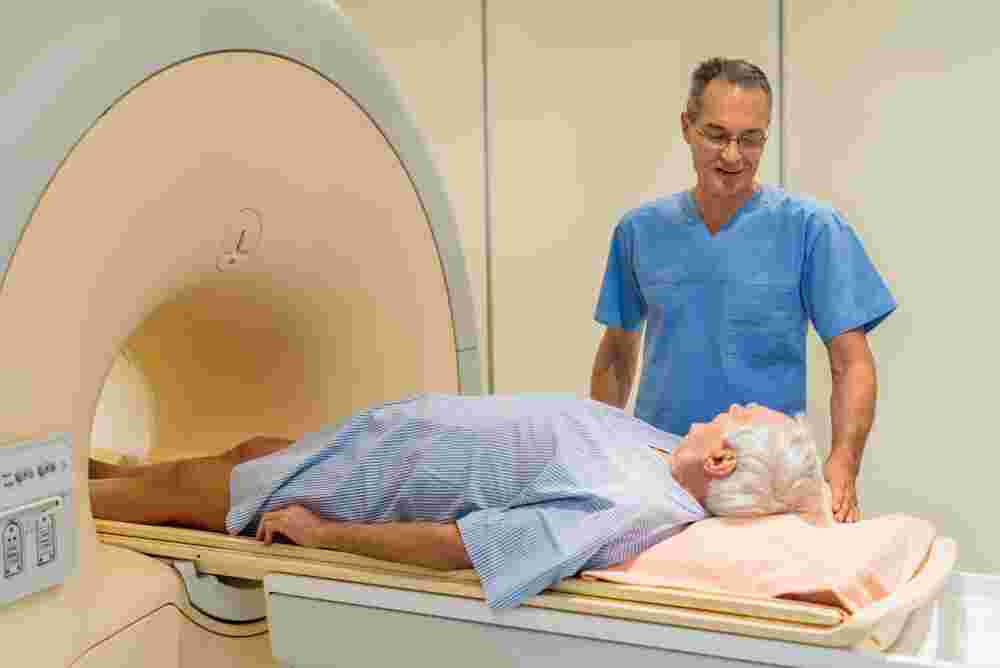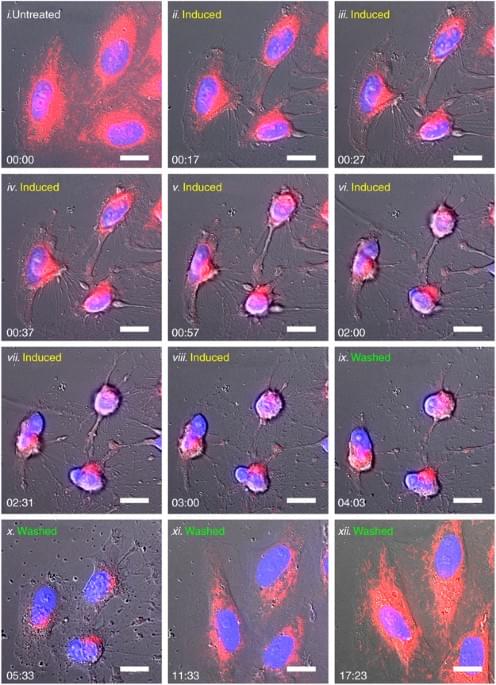A groundbreaking study in the UK has revealed that reducing the duration of MRI scans for prostate cancer by a third would make them cheaper and more accessible without compromising on their accuracy. Lower costs would mean that more men could be offered scans and diagnosis for a disease which is highly treatable in its early stages.
As of today, doctors rely on a three-stage MRI scan to detect prostate cancer. The patient is injected with a contrast dye at the third stage, which helps to enhance the images from the scan. Now, the new research indicates the third step can be done away with if the first two scans are done with high precision and good quality.
Researchers from University College London (UCL) and University College London Hospitals conducted a study in which they assessed the impact of dropping the third stage. The study involved 555 patients from 22 hospitals in 12 countries.









